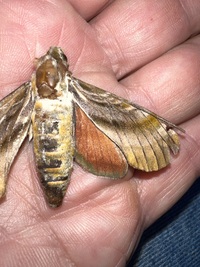
| Recorded by: Robert Emmott on 2024-07-10
Haywood Co.
Comment: | 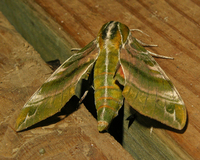
| Recorded by: Owen McConnell on 2024-07-02
Graham Co.
Comment: |
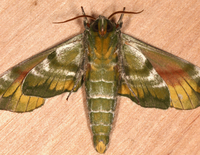
| Recorded by: Jim Petranka, Mark Basinger and Becky Elkin on 2024-06-25
McDowell Co.
Comment: | 
| Recorded by: Jim Petranka, Mark Basinger and Becky Elkin on 2024-06-25
McDowell Co.
Comment: |
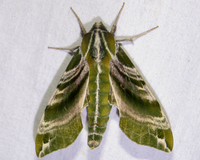
| Recorded by: tom ward on 2023-07-12
Buncombe Co.
Comment: | 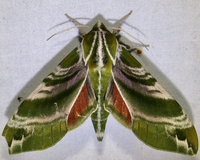
| Recorded by: tom ward on 2023-06-26
Buncombe Co.
Comment: |
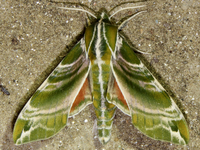
| Recorded by: tom ward on 2022-07-08
Buncombe Co.
Comment: | 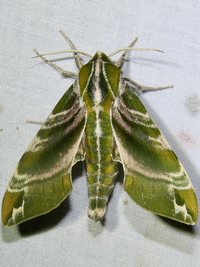
| Recorded by: tom ward on 2022-07-05
Buncombe Co.
Comment: |
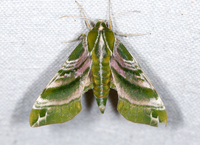
| Recorded by: Jim Petranka on 2022-06-27
Madison Co.
Comment: | 
| Recorded by: tom ward on 2021-06-12
Buncombe Co.
Comment: |
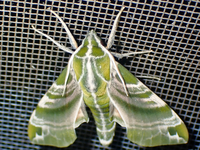
| Recorded by: tom ward on 2021-06-12
Buncombe Co.
Comment: | 
| Recorded by: tom ward on 2021-06-12
Buncombe Co.
Comment: |
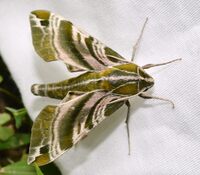
| Recorded by: Kyle Kittelberger, Brian Bockhahn on 2020-07-15
Polk Co.
Comment: | 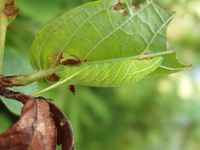
| Recorded by: FKW, SBW on 2005-08-28
Gates Co.
Comment: Feeding on buttonbush. |
|

 »
»




 »
»


